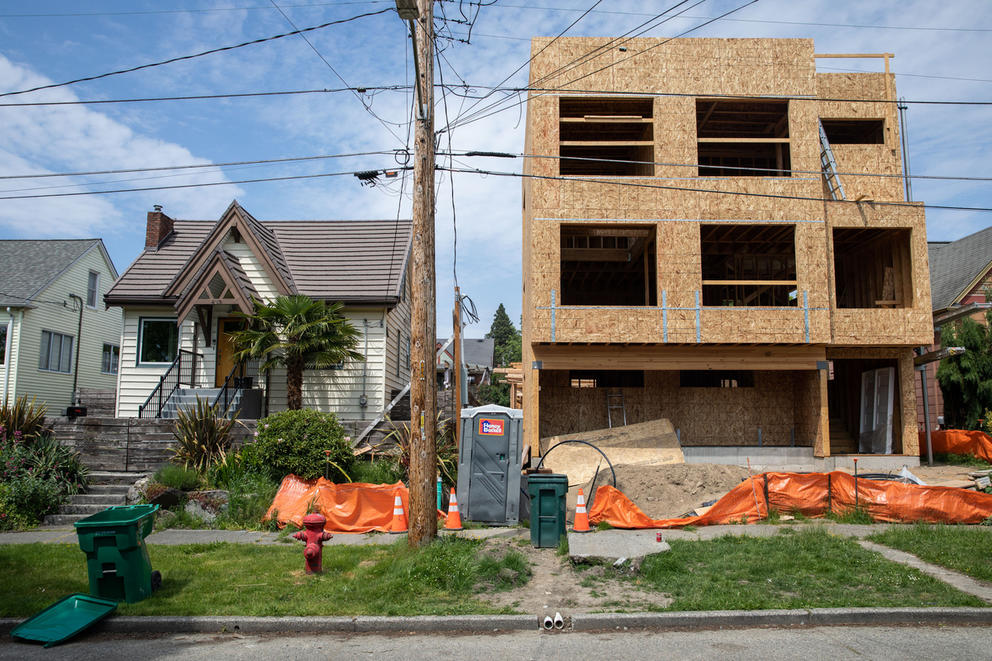Because there are so many factors at play for what gets developed and where, it’s hard to estimate exactly how much housing will get built. A high-level analysis from the Puget Sound Regional Council provides a rough estimate of what’s coming regionwide, at least.
PSRC found that the new zoning could build between 75,000 and 150,000 units of new housing in cities in King, Kitsap, Pierce and Snohomish counties. The analysis assumes builders will take advantage of 25%-50% of the maximum development capacity, meaning there’s capacity for about 300,000 units of missing middle housing throughout the region.
Matt Hutchins, founder of CAST Architecture and a Seattle Planning Commission member, said that all the factors that make it challenging to build any project — having the “right lot, right zoning, right people, right financing” — mean new four- to six-unit projects won’t start popping up on every block. He guestimates it’ll be more like one new project every 10 blocks to start.
“That does still have a big impact across the city,” said Hutchins. “But neighborhood-by-neighborhood, street-by-street, the on-the-ground impact will be pretty gradual.”

Brennan of Futurewise thinks that in addition to simply adding new housing, the zoning changes will help take pressure off neighborhoods where multi-unit townhomes are already allowed to be built.
“One of the big goals of the policy is that we’re not expecting all of the new housing to just go in the urban villages in Seattle and few other urban centers around the region,” he explained. “We’re allowing some of the other urban neighborhoods to take some of that capacity too, which will hopefully ease some of the displacement pressures of rapid urban development in those places.”
Mayor Bruce Harrell, expressing concern about displacement, told Axios that he is considering trying to limit the density changes to 75% of areas that currently only allow single-family house construction. That limitation would require signoff from both the City Council and Washington Department of Commerce.
Existing homeowners’ associations are another hitch in the broad implementation of missing middle zoning. The Seattle Times reports that while the law prevents HOAs from adding new restrictions on higher-density zoning, it doesn’t supersede existing HOAs, meaning some of Seattle’s toniest neighborhoods and gated communities will not provide any of the additional housing the city needs.
